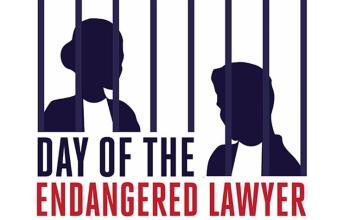
Nearly all NDAs and confidentiality provisions exclude from the confidentiality and restricted use obligations information that is or becomes “public,” “publicly available,” or “publicly known.”
Contract drafting guru Ken Adams has given his imprimatur to the “is or becomes public” formulation. His preferred version of this exclusion is any information that is “already public when the Disclosing Party discloses it to the Recipient or becomes public (other than as a result of breach of this agreement by the Recipient) after the Disclosing Party discloses it to the Recipient.”
But is the “public” characterization the appropriate standard when it comes to the protection of trade secrets?























